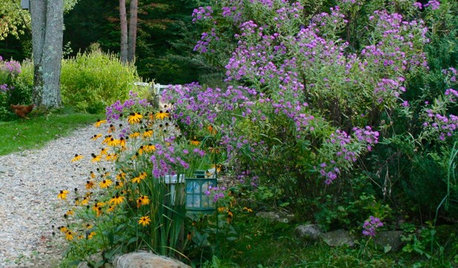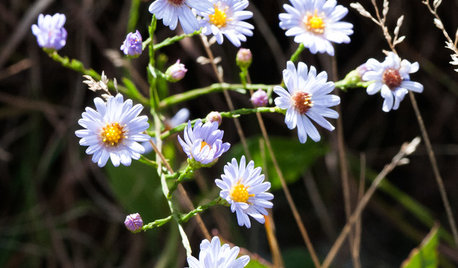In 2008 I did an experiment by planting Sunchokes (a.k.a. Jerusalem Artichokes) to come up with some reliable, varied crops which will easily produce plenty of staple food.
During my childhood my folks grew Jerusalem Artichokes I remember that we really enjoyed them and that they produced abundantly. Spring of 2008 I ran across some in a local establishment and purchased a pound, planting them in my garden. They exceeded my expectations by a long shot, producing perhaps 10 pounds of nice roots per plant. The plants sent up multiple stalks which were about 9 feet tall.
Now, in my boyhood I ate these a lot. I didn't expect any problem. I baked the first batch and they were absolutely scrumptious! But I was completely unprepared for the tremendous gas problem I'd have from eating them. I tried this twice, both times with the same results.
Finally someone suggested boiling them in more than one change of water. That worked. I boil them, now, in two changes of water and have not had a problem. I should mention that out of five people in my family, I was the only one who had any problem with them baked. So this apparently is not a problem for everyone.
Boiled the ones we grew in 2008 are firm, yet tasty. I used some that had been previously boiled, in place of potatoes, in a stew, and they worked out wonderfully. Perhaps it was a varietal difference, but the ones my mom cooked in the 70s came out mushy. These are not mushy at all.
Anyway, I'd highly recommend Sunchokes for high production of a useful root crop. They were very little work, and that's saying a lot, since we battle with Bermuda and Johnson grass. The Sunchokes/ Jerusalem Artichokes, out competed the weeds.
The only problem we encountered was that, in the late fall, rats consumed the roots of a couple of the plants. Of course the same rats ate 1/3 of our sweet potato harvest as well. So now I know to be vigilant and watch for rats.
I didn't get a variety name with the roots I purchased. But I believe I found the variety: Stampede. Take a look at the link below. The picture looks just like the ones we grew. These produce some, which are fist sized. The nobs are not a problem. We simply scrub them with a long bristle brush and boil them. They do not require peeling.
I'm planting at least three times more this year. Not only are we happy to use them in place of potatoes. But we expect to share with our children, who are mostly out of the house now.
Thought you might like to hear about this.
Here's a picture of the largest sunchoke we've harvested to date:
{{gwi:25270}}
George
Here is a link that might be useful: link to Stampede








rodger
MacmexOriginal Author
Related Discussions
Have sunchokes (Jerusalem artichoke) looking for other edibles
Q
WANTED: Looking for fall/everbearing raspberry.
Q
sunchoke, jerusalem artichoke
Q
HAVE: Sunchokes
Q
west_texas_peg
rodger
MacmexOriginal Author
wild_forager
rosebush
greenmulberry
MacmexOriginal Author
MacmexOriginal Author
rodger
MacmexOriginal Author
shnnn
MacmexOriginal Author
steelshepherd
cabrita
eskota
florrie2
MacmexOriginal Author
trsinc
MacmexOriginal Author
teauteau
eskota
gumby_ct
mudflapper
MacmexOriginal Author
greenmulberry
deanriowa
mmqchdygg
bobboberan